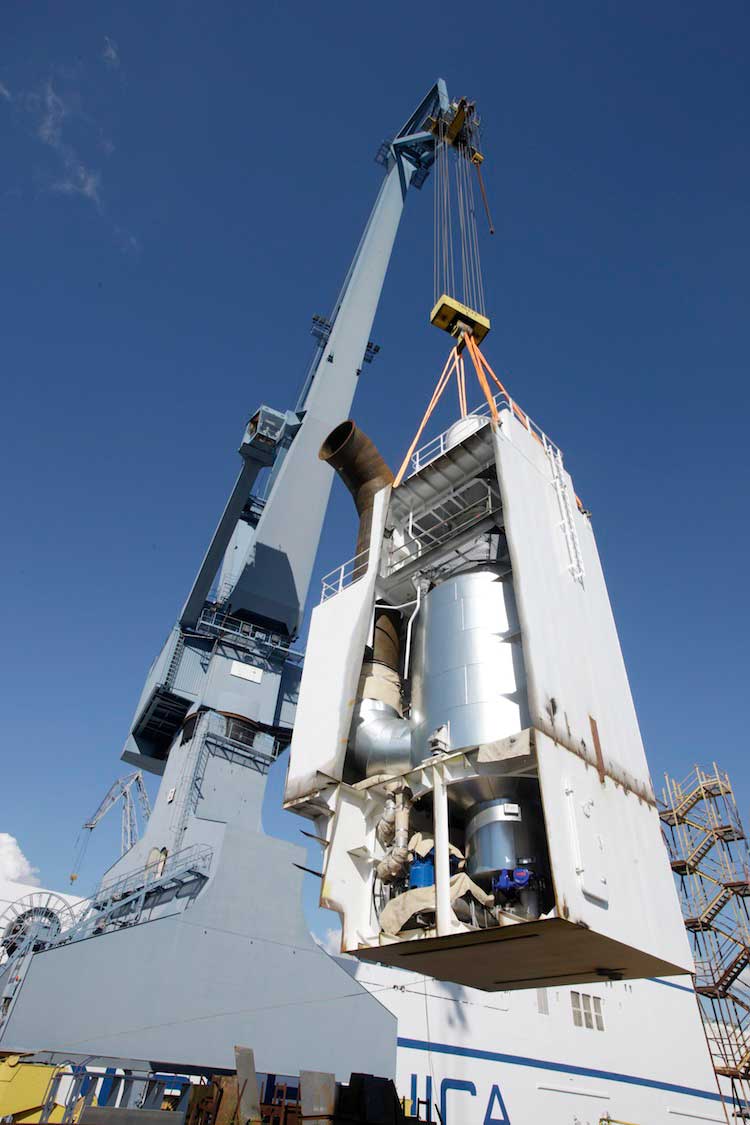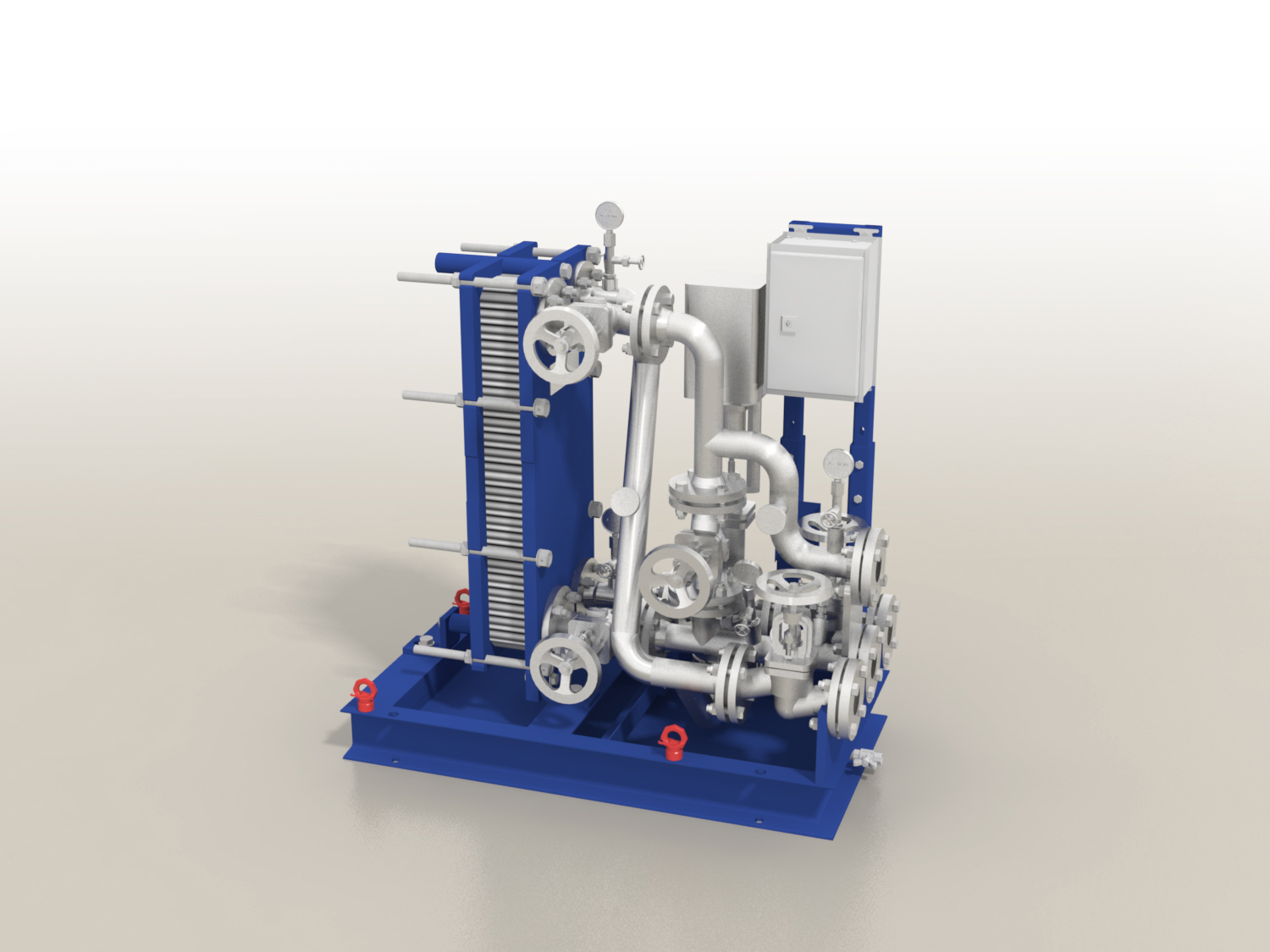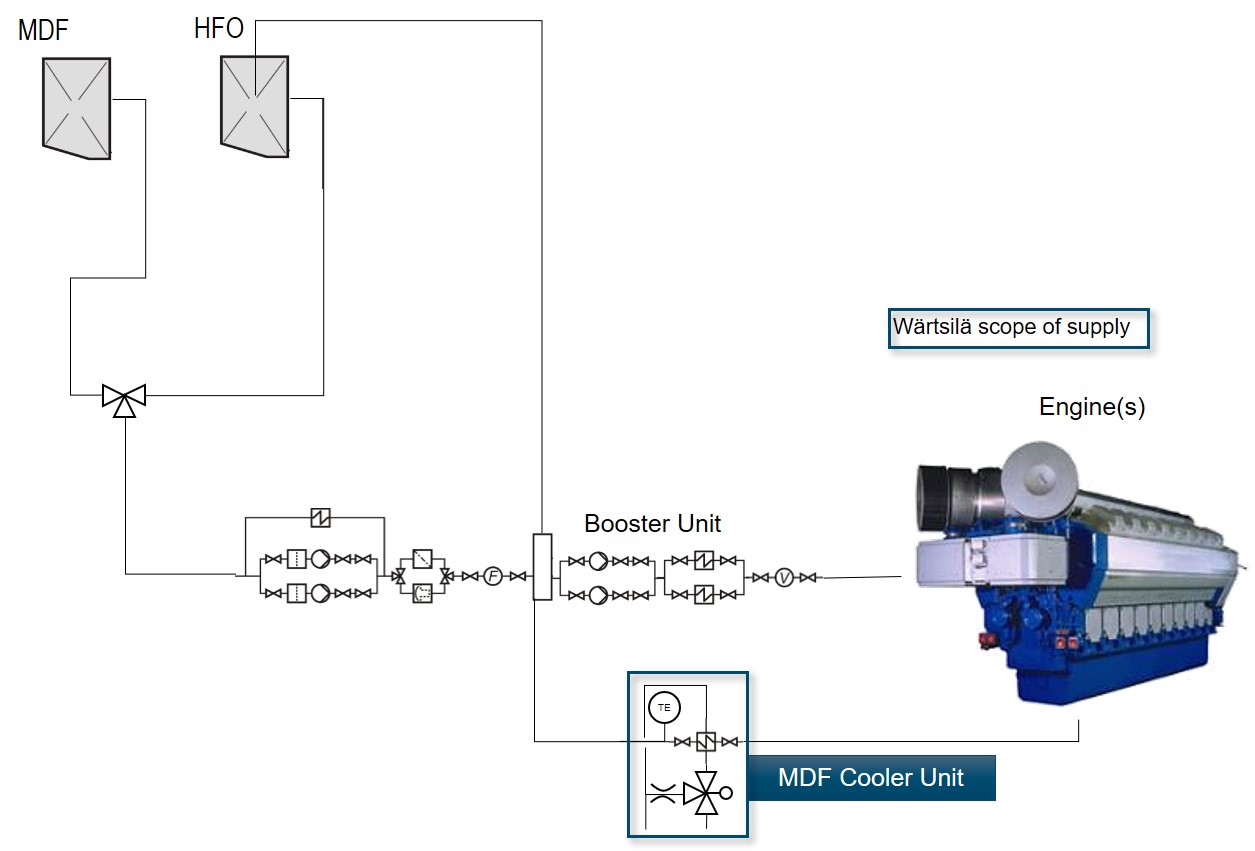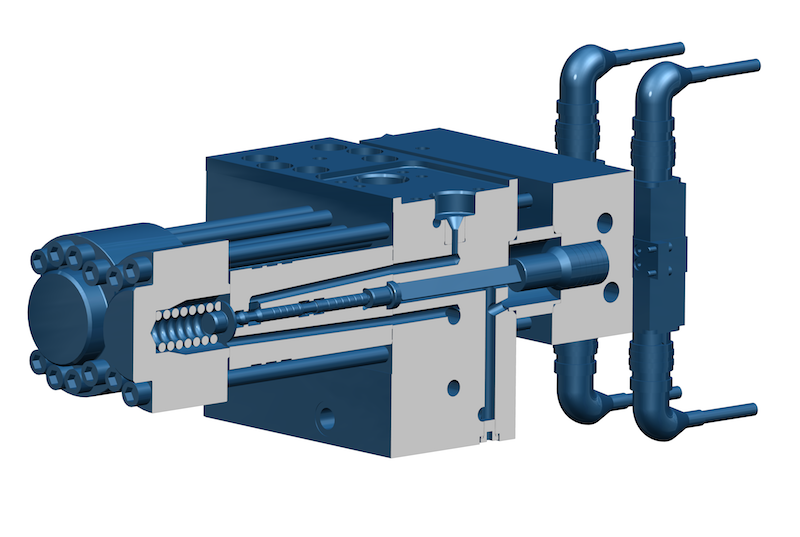

As the IMO’s Global Sulphur Cap 2020 approaches, time is running out for marine industry players to make changes. Learn more.
The International Maritime Organization’s (IMO) Global Sulphur Cap 2020 regulations specify that every vessel must adhere to strict sulphur emissions limits by 1 January 2020. As this date looms closer, marine industry players are finalising their game plans on how to cope with the sulphur cap.
Continuous engine operation on low-sulphur fuels is one viable option to comply with the sulphur-related emission regulations. Another is to install an exhaust gas cleaning system, known as a scrubber. A third opportunity involves moving from fuel oil engines to gas, such as LNG.
Sangram Kishore Nanda, General Manager, Product Engineering at Wärtsilä, says that right now, customers are seeming to opt for compliant low-sulphur liquid fuels, at least for the short term, as this is the easiest option not demanding a significant investment.
“It is a difficult choice for the customers, as a number of factors – such as a ship’s age, size, trading route, charter condition, fuel price, crew competence and many more – need to be considered in the business case for an investment,” Nanda says.
According to Nanda, customers with ships having a remaining lifetime of 10 years or more may consider greenhouse gas emissions reduction targets as part of their investment and opt for converting engines to gas. Wärtsilä sees LNG as a key transition fuel towards meeting IMO 2030 and 2050 greenhouse gas emissions targets.
“In such cases, using LNG as a fuel becomes very attractive. An exhaust gas cleaning system may be attractive in the medium-term from an opex perspective,” he says. This scenario is indeed materialising as 2020 approaches, given the current return on investment and the fuel spread.
Karl-Johan Nixholm, General Manager, Technical Services, Medium and Small Bore Engines at Wärtsilä, agrees that many marine operators are choosing scrubbers as a good medium-term option.
“When it comes to alternatives, exhaust gas cleaning (scrubbers) are the most popular option, since they work with high- sulphur heavy fuel oil (HFO), are easy to operate and have the lowest total lifecycle cost,” Nixholm says. He adds that as of 2020, there will be more than 2,000 vessels equipped with scrubbers.

Installation of a scrubber.
Controlling all the variables
Often the challenge when switching from HFO to low-sulphur fuels is that installations designed to run on HFO require upgrades in order to maintain fuel viscosity, temperature and circulation flows at specified levels.
Nixholm points out that ensuring proper control of the fuel temperature, and viscosity is crucial throughout the conversion process.
“In many cases, in order to achieve this, it may be required to do some modifications to the auxiliary systems and engines,” Nixholm says.
If this is not possible – and normal recommendations for fuel injection viscosity cannot be reached when operating with low- viscosity fuel, if for example fuel cooling is not available – various operational and/
or equipment deteriorations may occur. Among these are cavitation corrosion on fuel pump and fuel system parts, power loss, and uncontrolled fuel rack control.
“In general, the set-up of the installation has to be checked case by case,” says Nixholm, specifically discussing the challenges that involve making four-stroke engines sulphur cap compliant.
The external fuel system alone holds three key concerns: fuel oil feed pumps, which may not be suitable for operation on low- viscosity fuel; separators, which may require changes depending on the fuel type used; and fuel oil cooler, which may be required for low-viscosity fuel to keep the injection viscosity and temperature within the recommended range.
With regard to the four-stroke engine itself, the issues range from possibly having to overhaul fuel injection equipment to adjusting propulsion control or even changing exhaust valves. 
Marine diesel fuel cooler unit.
Combating leaks
On the two-stroke low-speed engines’ side, Nanda lists leakage and premature wear and tear on the components, as the biggest concerns involved in switching to low- sulphur fuel.
“Low-viscosity fuel leads to a higher leakage rate in the injection equipment, which can result in engine starting difficulties or slowdown due to insufficient pressure in the fuel injection system. Furthermore, the high leakage rate needs to be handled by the drain fuel system.”
Nanda points out that injection systems in recent decades were designed for continuous operation on residual fuels, with operation on low-viscosity fuels limited to a few hours during shop tests and major overhauls. 
Technical concept – Continuous LFO operation.
“In today’s operating environment, engines switch over to gas oil when entering Emission Control Areas (ECA) or zones where local emissions legislation is in force. Continuous operation of two-stroke main engines on distillates may result in components wearing out earlier compared with operating on residual fuels,” Nanda says.
Furthermore, it is recommended to check the condition of the Injection Control Units (ICUs) to evaluate their capability to operate on distillates.
“If the ICUs need to be overhauled to ensure efficient engine operation and reduced maintenance costs, the latest ICU technology – which is more robust and exhibits improved leakage behaviour under multi-fuel operation – can be installed during remanufacturing of ICUs or, in the case of larger-bore RT-flex engines, as a retrofit,” Nanda explains.
He is also recommending that customers take proactive action – such as making a thorough assessment of the main engine condition (Wärtsilä Health Check), as well as increasing the onboard inventory of safety parts and special repair kits – in order to ensure continued operation in case of damage to fuel injection components due to contaminated fuel or in case of accelerated wear.
Finally, he adds that since a variety of fuels in terms of density, viscosity and combustion characteristics is to be expected, installation of an automatic closed loop injection control system such as Wärtsilä Intelligent Combustion Control, or installation of Wärtsilä FAST Nozzles, is highly recommended in order to optimise fuel injection and combustion. 
Injection Control Unit: Fuel leakage and TBO.
Get all the facts
In order to facilitate a smooth transition to sulphur cap compliance, Wärtsilä has been providing technical support for customers and performing technical audits and surveys onboard where such have been requested.
“Also, we have performed fuel and cooling system designs, installation and commissioning supervision,” Nixholm says.
According to Nixholm, Wärtsilä is well equipped to support all possible solutions in order to meet sulphur cap compliance. “Wärtsilä has been providing this support for many years already: we issued the first edition of our Low Sulphur Guideline for the customers back in 2005.”
This document, which has been updated over the years, gives a solid overview for most of the four-stroke portfolio, he adds. Nevertheless, only recently has the guideline become a real ‘bestseller’.
“For sure, we are now contacted more frequently as the deadline closes in,” Nixholm notes.
Operation support department standing by
Wärtsilä has recently published a Business White Paper on operating two-stroke main engines in compliance with the sulphur cap regulations, in order to guide and inform customers during their decision-making process.
In addition, technical bulletin RT-229, ‘Operation Guidance to the Global Sulphur Cap 2020’, was released in August 2019 to offer assistance. Wärtsilä’s Technical Services also is available 24/7 to support customers, Nanda says.
“A Remote Operation Support (ROS) solution is also available for installation, with which the ship crew can communicate
with the specialised team in the ROS centre in real time and get support to resolve
the issue, in order to avoid equipment downtime and experts’ attendance onboard a vessel,” Nanda says, adding that this solution also enables a review of historical data for recommendations.
Diminishing alternatives
Despite lengthy discussions leading up to the transition, there may still be issues that many have not considered regarding meeting compliance and the sulphur cap.
Nixholm worries that customers may not be taking into consideration the time needed to carry out some of these options. He says that, as the finish line grows closer, the number of possibilities that can be successfully implemented before 1 January declines. In many cases, these options are limited due to delivery time.
Overall, however, Nixholm and Nanda are of the opinion that most marine players won’t have problems in meeting compliance.
“Provided they are up to speed with all the information available on managing compliance,” Nanda adds.
Did you like this? Subscribe to Insights updates!
Once every six weeks, you will get the top picks – the latest and the greatest pieces – from this Insights channel by email.


